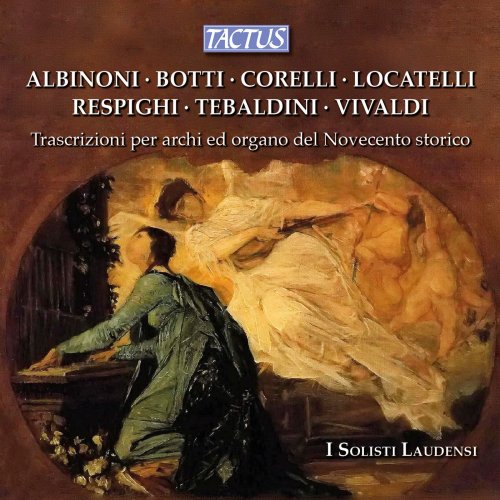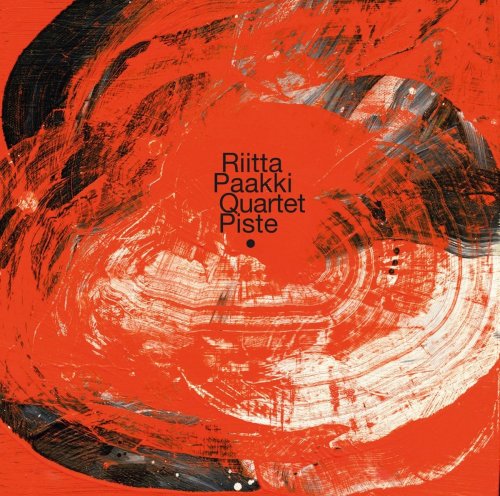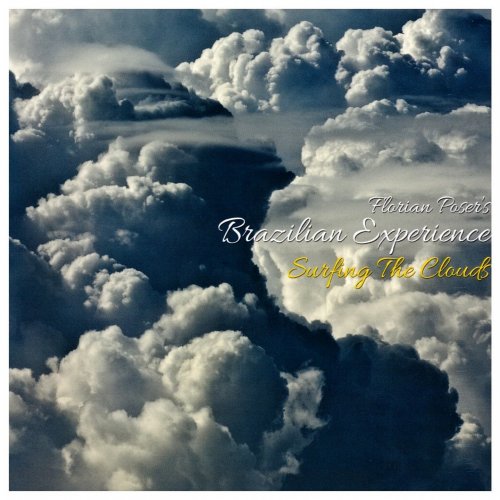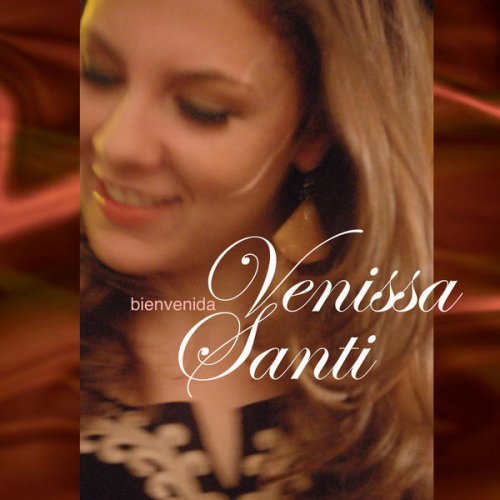Abigeila Voshtina, Fabio Merlini, I Solisti Laudensi - Transcriptions for Strings & Organ of the Historical 20th Century (2015)

Artist: Abigeila Voshtina, Fabio Merlini, I Solisti Laudensi
Title: Transcriptions for Strings & Organ of the Historical 20th Century
Year Of Release: 2015
Label: Tactus
Genre: Classical
Quality: FLAC (tracks + booklet)
Total Time: 57:37
Total Size: 286 MB
WebSite: Album Preview
Tracklist:Title: Transcriptions for Strings & Organ of the Historical 20th Century
Year Of Release: 2015
Label: Tactus
Genre: Classical
Quality: FLAC (tracks + booklet)
Total Time: 57:37
Total Size: 286 MB
WebSite: Album Preview
01. Ciacona in G Minor, P. 87 (after T.A. Vitali)
02. Concerto Grosso in G Minor, Op. 6, No. 8, "Christmas Concerto": VI. Pastorale (arr. A. Schering)
03. Fugue in G minor
04. L'estro armonico: Concerto Grosso in D Minor, Op. 3, No. 11, RV 565: II. Largo (arr. Hjalmar von Dameck for violin and organ)
Locatelli: Sinfonia in F Minor, "Sinfonia Funebre composta per l'esequie della sua Donna, che si celebrano in Roma" (arr. A. Schering for chamber orchestra)
05. I. Lamento: Largo
06. II. Alla breve ma moderato
07. III. Grave
08. IV. Non presto
09. V. La consolatione: Andante
10. Violin Sonata in C minor, RV 5: Largo (arr. A. Schering for Violin and Organ)
11. Adagio in G minor (arr. R. Giazotto for organ and string orchestra)
12. Elegia
We study the ancient masters, not because they are ancient, but because they are new: this was written at the end of the nineteenth century by Luigi Torchi, one of the fathers of Italian musicology. The manly voice of Giovanni Pierluigi da Palestrina, the supremely divine Claudio Monteverdi and, above all, the sublime Girolamo Frescobaldi inspired the “musical Renaissance” that exalted the Italian genius and its fruitful artistic nature, not without a tinge of nationalism. Among the many musicians who engaged in the rediscovery and divulgation of the masters of the past, the most notable were the organist Marco Enrico Bossi, the violinist Mario Corti, the pianists Felice Boghen and Mario Vitali, and the composer Ottorino Respighi. From the ancient masters, Italians drew inspiration also for experimenting with new musical languages imbued with a neoclassical taste, following Giuseppe Verdi’s memorable words: return to the old and you will be progressing. While from the point of view of performance it was quite unusual for musicians to feel the need to use period instruments, and the application of an adequate performance practice was more or less disregarded, we must acknowledge that the musical texts were read and revived in a far from fruitless manner. The addition of dynamic nuances and agogic directions, the determination of fingering in order to obtain a definite phrasing, and the integration of notes and orchestration, all helped to achieve a re-creation of the ancient scores, metamorphosing them and opening up surprising vistas. From their original terseness, the ancient scores emerged in an expanded state, thanks also to the power of the modern violin, the sumptuous sonorousness of the piano, the new resources of the reformed organ, and the inexhaustible variety of sounds of the modern symphonic orchestra. In short, what some people now unfairly regard as arbitrary was actually the outcome of one of the duties of musicians that had been established since ancient times and led them to act on the scores with a freedom that verged on creativeness, integrating the composers’ thought with new timbric angles, and even adding further elements through forays into the fanciful area of improvisation.






![Tomasz Stanko, Polskie Radio - Jazz Rock Company: Live at Akwarium (Polish Radio Sessions vol. 6/6) (2025) [Hi-Res] Tomasz Stanko, Polskie Radio - Jazz Rock Company: Live at Akwarium (Polish Radio Sessions vol. 6/6) (2025) [Hi-Res]](https://www.dibpic.com/uploads/posts/2025-12/1765796554_cover.jpg)

![Koldo Munné & 1520's Ensemble - Live at Jamboree Live Music (2025) [Hi-Res] Koldo Munné & 1520's Ensemble - Live at Jamboree Live Music (2025) [Hi-Res]](https://www.dibpic.com/uploads/posts/2025-12/1765846749_ck2b0xbsb8jna_600.jpg)